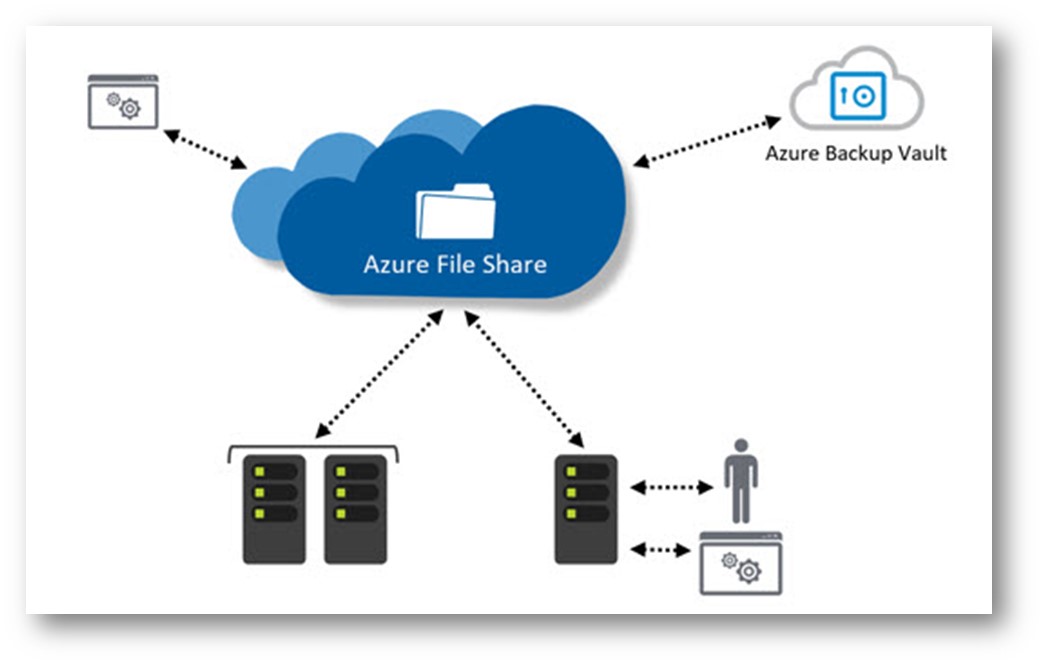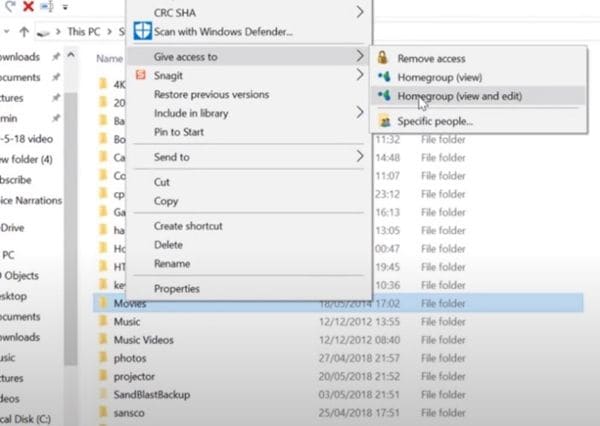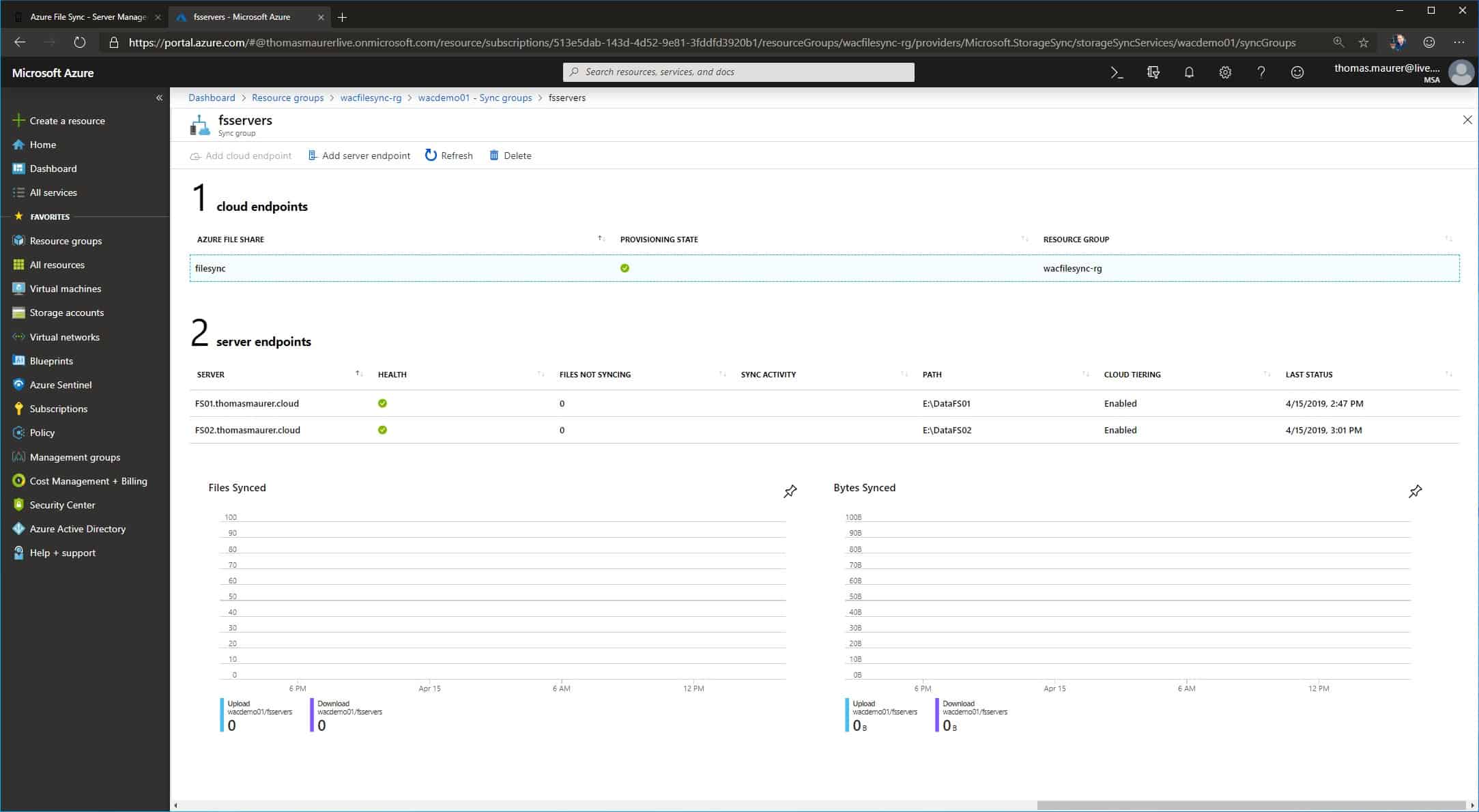

- #Windows server file synchronization how to#
- #Windows server file synchronization install#
- #Windows server file synchronization manual#
- #Windows server file synchronization windows#
It does not store any personal data.You can enable manual caching mode for your network shared folder using PowerShell (in this mode users can manually select files and folders to make them available offline): The cookie is set by the GDPR Cookie Consent plugin and is used to store whether or not user has consented to the use of cookies. The cookie is used to store the user consent for the cookies in the category "Performance". This cookie is set by GDPR Cookie Consent plugin. The cookie is used to store the user consent for the cookies in the category "Other. The cookies is used to store the user consent for the cookies in the category "Necessary". The cookie is set by GDPR cookie consent to record the user consent for the cookies in the category "Functional". The cookie is used to store the user consent for the cookies in the category "Analytics". These cookies ensure basic functionalities and security features of the website, anonymously. Necessary cookies are absolutely essential for the website to function properly.
#Windows server file synchronization windows#
You can start with the intro here and then follow the different videos, and check out our overview blog about Configure Azure Hybrid Services in Windows Admin Center.
#Windows server file synchronization how to#
I have created a short video series which shows how to set up the Azure Hybrid services directly from Windows Admin Center. Configure Azure Hybrid Services in Windows Admin Center Video Series

I hope this gives you a quick overview of how you can use and synchronizes hybrid file shares with your on-prem environment, and configure this easily with Windows Admin Center. In my example case, I sync server FS01, FS02 and the cloud endpoint (Azure File Share) called filesync.Īs you can see both servers now show the same files and folders:Īnd you can also see the same folder structure on the Azure File Share. After a couple of minutes, the server is added to the sync group and files will be synced between servers and the cloud endpoints. This has do be done in the Azure portal, by clicking on “ Add server endpoint”. The server and now be added as a server endpoint in the sync group. In Windows Admin Center, you can test if the file share is compatible with the sync service. You can now add the server to the sync group as a server endpoint. You can also check the Azure portal to see that the server is added and registered with the Storage Sync Service You can click on setup to start the wizard which will walk you through the setup process.Īfter the installation has completed, you can see that the agent is installed and the server is registered. To deploy the agent, open Windows Admin Center and click on Azure File Sync. Add a server endpoint in the sync group (Azure)ĭeploying the Storage Sync Service and creating the sync group with the cloud endpoint, is working the same as you would deploy the solution without Windows Admin Center, follow the steps on the documentation page.

#Windows server file synchronization install#

You can also find the documentation to deploy Azure File Sync without Windows Admin Center on the Microsoft Docs. If you are planning to deploy this solution, I highly recommend to read the planning for an Azure File Sync deployment documentation, to make sure you understand the topology, requirements, architecture and limitations. Setup Azure File Sync with Windows Admin Center In this post I will cover how, Windows Admin Center will help you to deploy Azure File Sync, if you want to know more, check out the Azure File Sync documentation page. In addition, the service allows the customer to use functionality like: Azure File is a simple, secure, and fully managed cloud file share solution, using SMB 3.0 and HTTPS. Azure File Sync allows you to sync your file servers with an Azure Files. The Azure Storage team is addressing that need with Azure File Sync. Where it is difficult to manage capacity, availability, replication and much more. This becomes especially true when you are dealing with classic file server infrastructures. One of the biggest challenges a lot of customers are facing is the capability to provide access to files everywhere and have DR plans in place.


 0 kommentar(er)
0 kommentar(er)
